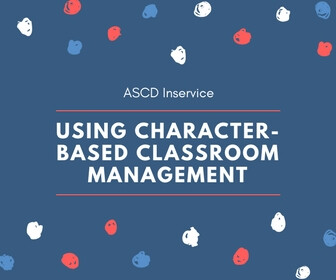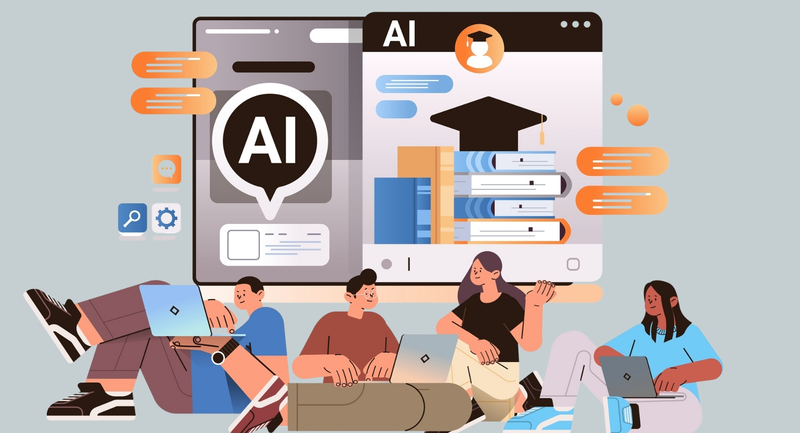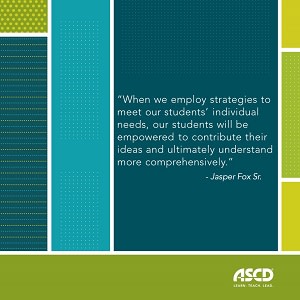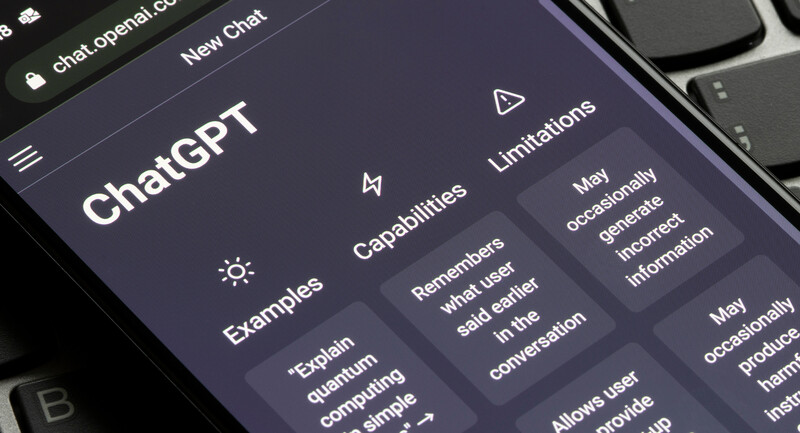Many schools and teachers are trying to figure out the best way to support students for next few weeks or potentially to the end of the school year. My goal has always been to make education technology easier, but before we jump in, I want to be crystal clear about a few big things.
Teachers Are Doing Their Best
Teachers who work all day to support students when they are at school very likely are now attending to other issues that accompany school closures and a public health crisis — like taking care of their own children or for older family members. Not everyone has received training or support with digital tools or has the confidence to lead learning online, let alone the connectivity and hardware to make it happen. I am very worried about teachers feeling guilty or shamed for not participating fully in any new initiatives.
There Is Uncertainty Around Accommodations
Although everyone might have the best intentions, if your students have accommodations (like a 504 or IEP) they are not being supported fully because specialized instruction has certain requirements about how instruction is delivered, depending on the student’s plan. There are data privacy concerns with tools that a district hasn’t vetted, and everyone should be cautious about introducing video and audio chats to students and families who haven’t used them before. Not only do schools need to think about features like closed captioning and translation, but it is essential that they take the Family Educational Rights and Privacy Act (FERPA) into account when setting up new initiatives for distance learning.
Families Have Varying Contexts
Some students may not have access to a device, connectivity, or family support, and older students who have working parents may now be caregivers to siblings or other family members. The idea of continuing learning that typically happens at school in an at-home environment might not be a top priority right now for families. That doesn’t mean they don’t value education – they just have other issues to attend to if loss of work is going to impact housing, food, and childcare.
These are not excuses for avoiding conversations about teaching online or supporting students at this time, but these are important considerations that should accompany the conversation. Now for the recommendations.
1. Leverage Your Current Systems
If you have already set up Google Classroom and your students and families are comfortable accessing content at home and participating in discussions, then keep using this system. But as teacher and student situations may shift over the next few weeks, this tool could be a supplement instead of a mandate.
If you already set up and use Seesaw or Blackboard or Microsoft Teams with your students, same thing goes. Lean into the workflows students and families are already familiar with as best as you can. This is not the time to try something brand new or make unrealistic or unfair mandates.
2. Recommend Resources
To support students and families as you implement online learning, use your established communication channels (email, mailed newsletters, social media, apps like Remind and Class Dojo) to share resources and make recommendations. You might not reach every family this way, but families are looking for worthy, educator-vetted ideas for where to start. Here are some examples:
Read Aloud Videos
Right now, lots of authors and organizations are hosting read alouds on Facebook Live, YouTube, and author websites. These are definitely worth sharing with families—especially if you are putting together a weekly newsletter or sharing updates on social media.
You can point families to StorylineOnline, a children’s literacy site from the SAG-AFTRA Foundation that offers videos of famous actors reading children’s stories. Stream videos from the site, YouTube, ad-free on Vimeo, or search for StorylineOnline in your mobile apps. Stories come to life through actors’ rendering and animations, and there’s even an activity guide for parents on the StorylineOnline site.
Tutorial Videos
With schools closed, many middle and high school students will be working independently on content that typically would be supported in-person by a teacher. Independent work will have mixed results, depending on students’ strengths and needs, and families may end up feeling overwhelmed. Khan Academy, an online learning tool that has math, social studies, and science lessons, and even a beta site for ELA content, provides video tutorials that are accessible for K-12 learners. Share a link to the overall site or links to a couple relevant videos each week.
Scholastic’s Learn at Home Resources
Scholastic’s Learn at Home website has free day-by-day resources (including activities and videos) for kindergarten through middle school. You might recommend this resource more generally to families as something to explore.
eBook Library & Activities
Epic and ReadingIQ give students access to a library of ebooks, some of which read aloud to them. Both sites have high-quality texts, including lots of nonfiction, for elementary and middle school students. Each site has different publishers they partner with, so some titles might be more appealing for one group of kids than another. I would not recommend setting up two different accounts. Take a look at Epic and ReadingIQ and then make a decision about which one you want to use with students. If a teacher sets them up, then shares the class login with families, families can access the site at home for free.
For younger students, check out ABCmouse, which teachers can also set up for free. In addition to ebooks, ABCmouse hosts games and other activities geared toward Pre-K and early elementary students.
Stay Connected
I will continue to share resources on my blog, podcast, and newsletter. If you have stories, ideas, or resources to share, feel free to reach out to me on Instagram and Twitter.
This is not a time to overwhelm anyone in the school community, it is a time to prioritize. If you know my work and my book Tasks Before Apps, you know I’ve always been about focusing on priorities. In a typical context, that would mean, put learning first then consider how technology can help. But as we continue into uncharted territory as a society in the coming weeks and beyond, we have to consider that there are many more priorities beyond learning to consider for our students, teachers, families, and the school community as a whole.








